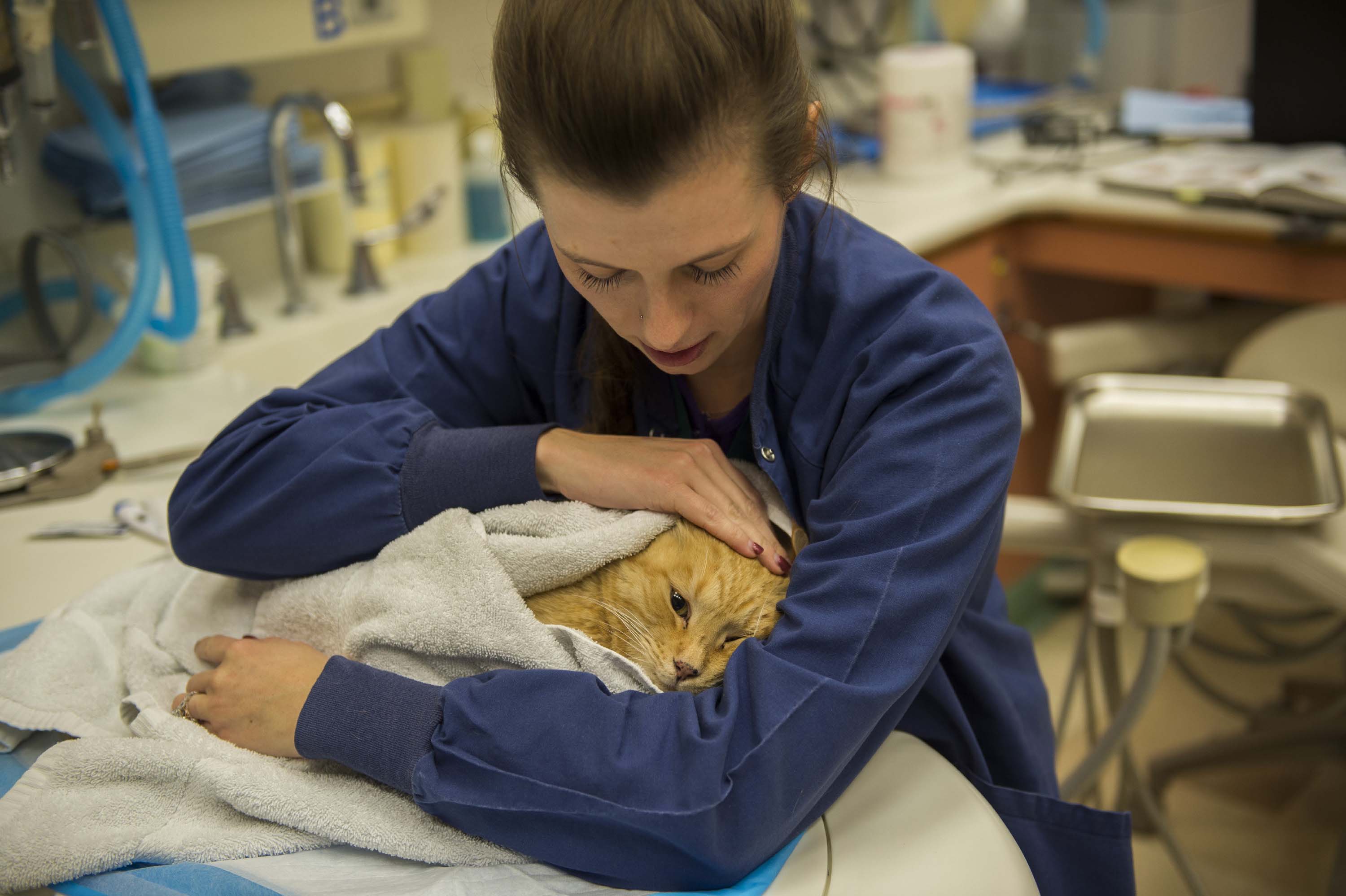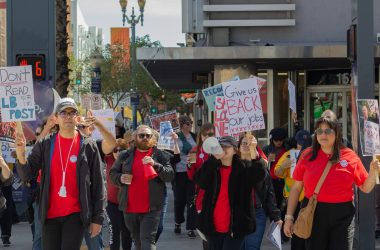Stem cells hold the potential to develop into several parts of human anatomy. For 10 Cal State Long Beach students, researching these cells has the potential to develop into careers.
CSULB announced that it had received a grant from the California Institute for Regenerative Medicine on April 6. The grant will cover a $30,000 stipend for each student as well as up to $7,000 for tuition and $2,500 to participate in a stem cell training course.
The certificate program is open for bachelors, masters and post-baccalaureate students to earn a certificate studying different facets of biotechnology. After completing prerequisite courses, students are eligible to apply and interview for the internship.
Of the applicants, 10 are selected to work with researchers in stem cell biology and regenerative medicine. Regenerative medicine works to engineer or reprogram cells, tissue or organs for normal function.
“You could say ‘Well, oh what’s 10 more people?’ Well it’s not only 10 more people,” Lisa Klig, director of the biotechnology program, said. “We’re bringing the diversity of the population of California into the science, which brings new eyes [and] new angles.”
Students are placed in labs at one of three institutions: University of California, Irvine, City of Hope National Medical Center or, this year’s newest addition, Cedars-Sinai Medical Center.
Senior molecular cell biology and physiology major Ernesto Leon will be interning under Dr. Barry Stripp at Cedars-Sinai. Stripp focuses on regenerative medicine in the lungs.
Regenerative medicine is a branch of translational research that focuses on taking scientific research and translating them into ways to improve human health. A tenant of this study is “from bench to bedside.” Leon said this discipline is what he wishes to continue in his career.
“If we can understand it then maybe we can find prevention for it,” Leon said. “It’s basic research where you’re understanding the molecular mechanisms of a disease and you can somehow translate that to a cure or treatment for patients.”
Leon said he chose Stripp after learning of his research into understanding fibrotic lung disease found in lung transplant patients. Over time the chambers in the lungs thicken, making breathing difficult.
Klig said that the internship largely benefits in three ways: the students who gain research experience in a large lab; the state, which gains students prepared for the workforce and, above all, the medical field.
“These students are directly involved in doing the research, in clinical trials and in publications that are creating treatments for people with unmet medical diseases and unmet medical needs,” Klig said.
Klig said the process of matching students with labs is important because students must be interested in the research but also match the temperament of the lab. She compares it to a family: some may be sports oriented and others may be arts oriented. Either way, they flourish when in synch.
Angela Hoang, senior microbiology major, is interested in reproductive and women’s health. She chose to work with Dr. Karen Aboody at City of Hope.
Aboody is using neural stem cells to deliver chemotherapeutic cells directly to brain tumors potentially decreasing the side effects of chemotherapy. Hoang said Aboody is branching out research to other cancers. Hoang would like to work on ovarian or breast cancer.
“Stem cells have the advantage of being able to be used and manipulated to become whatever you desire to be,” Hoang said. “I think that’s an amazing thing to look at because there’s so much more we can understand about it and its use in translational research.”
Klig said candidates are chosen who possess excitement for the research and a strong work ethic instead of looking solely at academic performance.
“This is not a program that cherry picks your 4.0 GPA student because you may have someone with fantastic hands in the laboratory [and] a genuine enthusiasm about doing research who may have a 2.9,” Klig said. “Or a 3.0 but they are fantastic when you cut them loose in a lab.”
Klig said the program has a 98 percent success rate for students continuing in the stem cell and regenerative medicine career track.
Although certificate students have done research previously in their studies, Klig said the workload and lab experience gives students an accurate picture of what their career entails.
“The big difference being these are high-powered labs, its full-time research and it’ll really solidify their understanding of their career trajectory,” Klig said.
The stem cell internship program begins July 1 with two weeks of training to work in the labs. Students will enter the lab for a year starting July 18.




